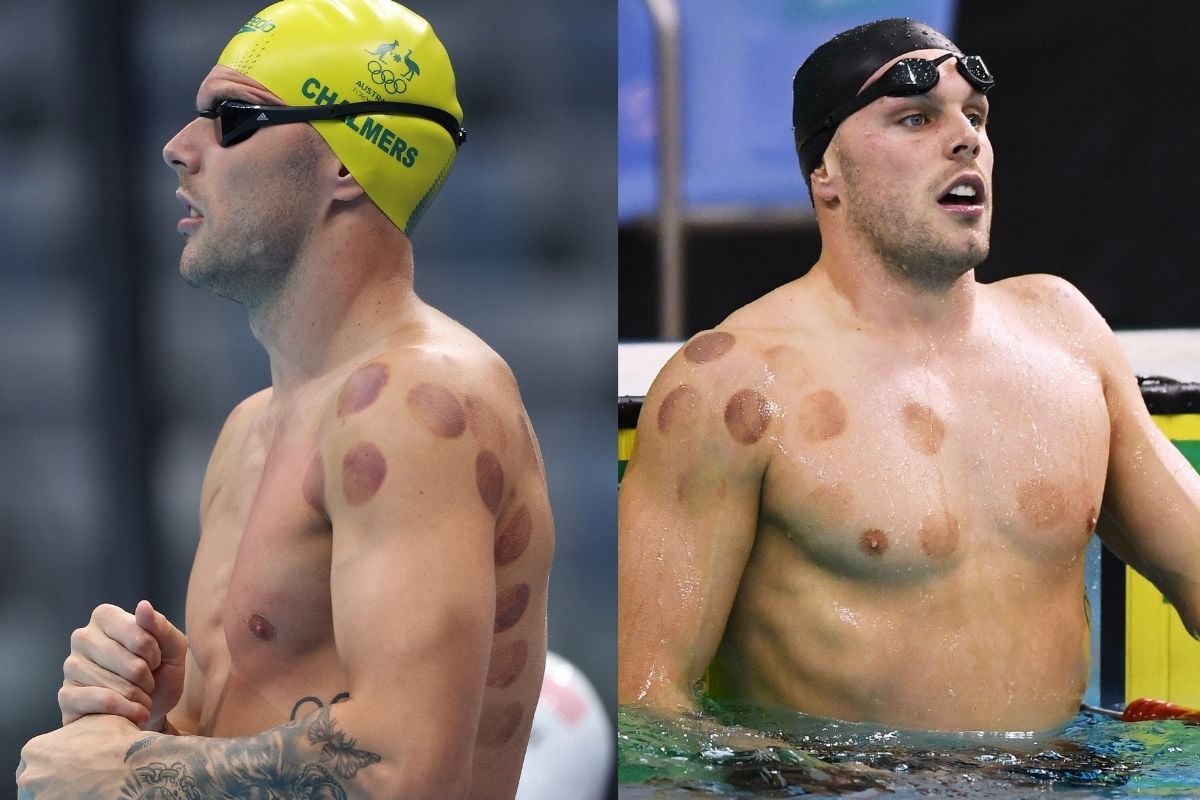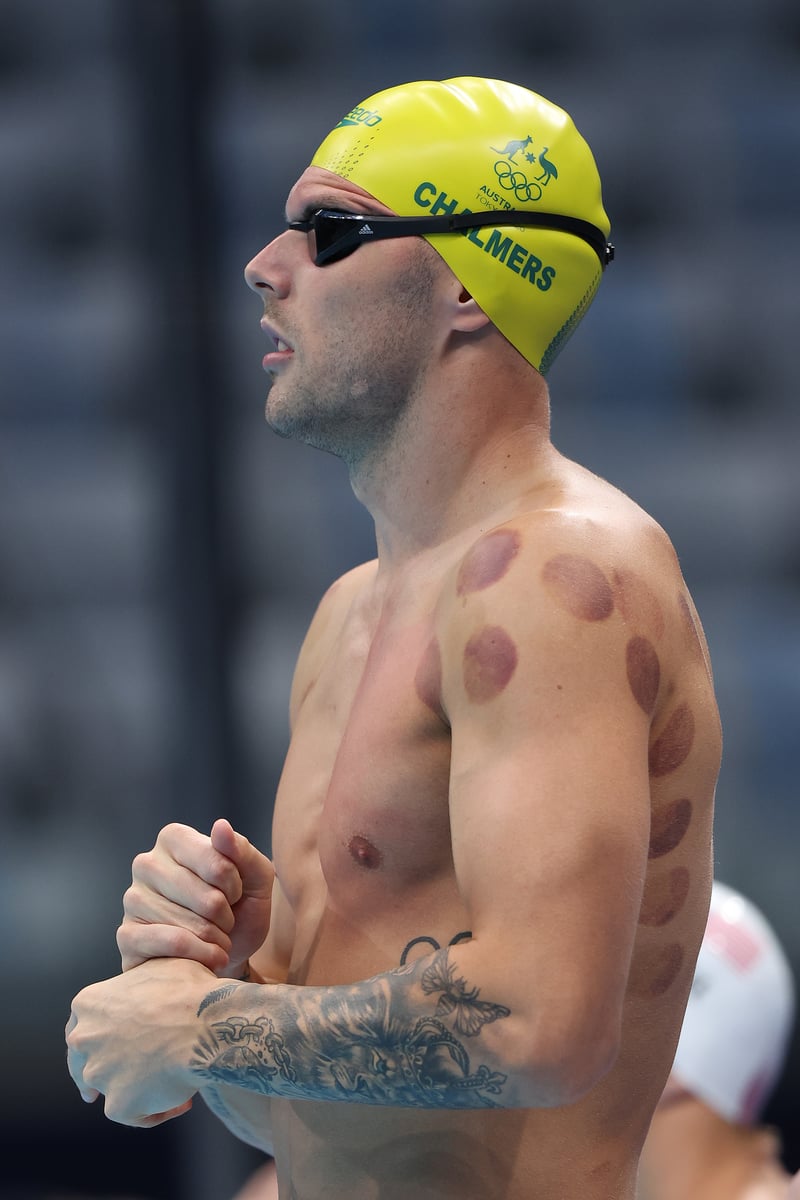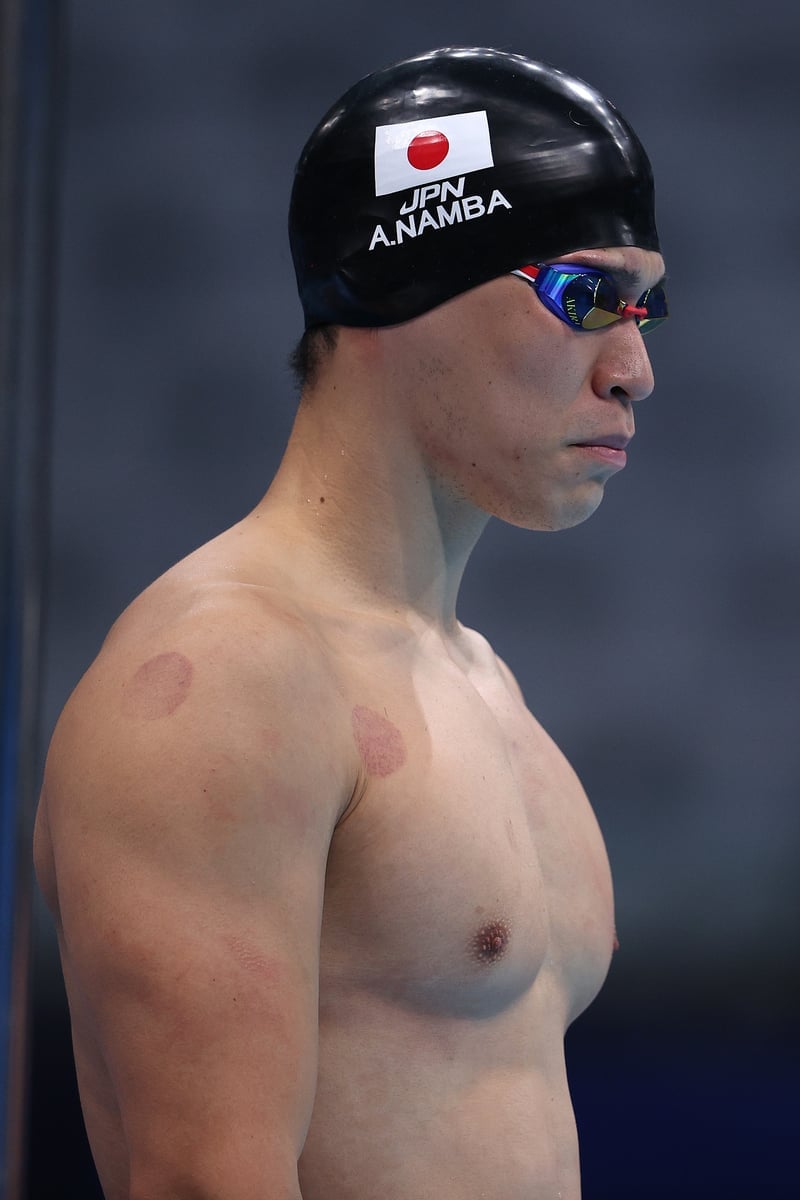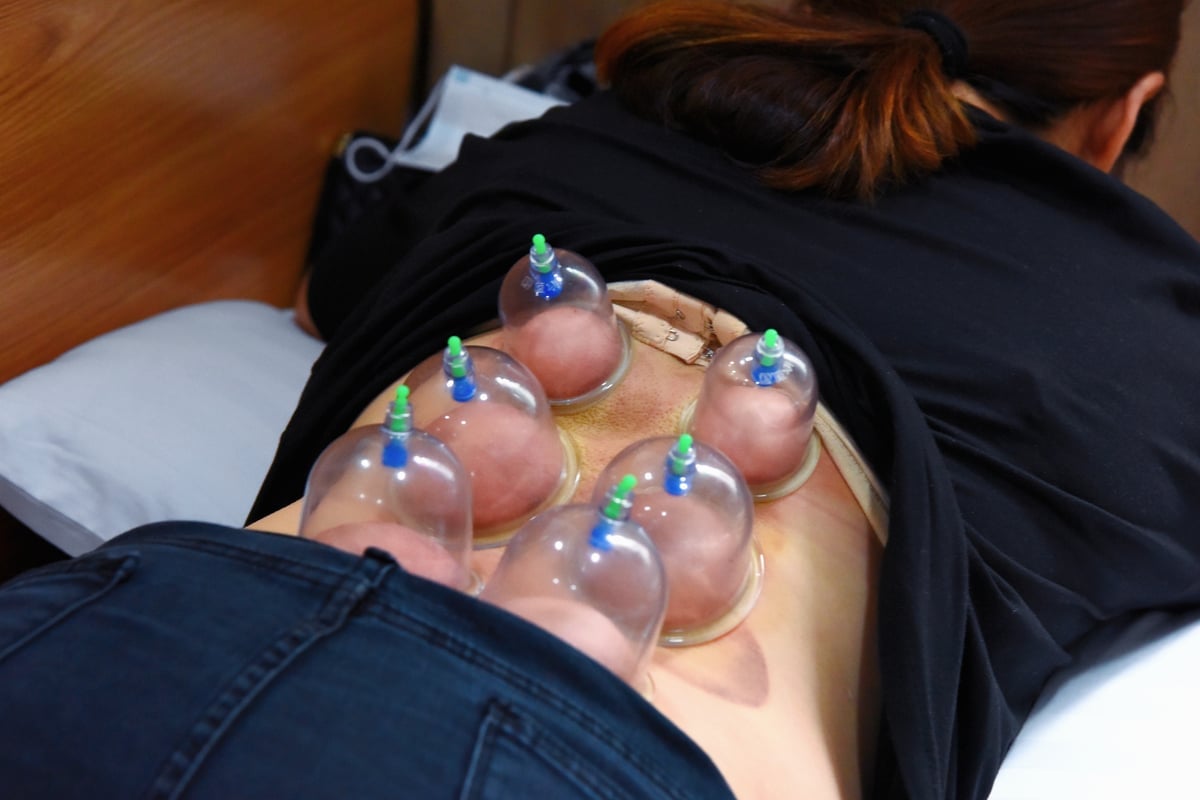
If you're a lass with eyes, chances are you've been watching the 2021 Tokyo Olympics. Specifically, the swimming. Cause everyone knows that's where it's all at, right?
 Jussst enough.
Jussst enough.
I—it's just the best.
But along with swimming coach Dean Boxall going absolutely ape s**t following Ariarne Titmus' huge win (YTG), we'd like to talk about the fact that so many swimmers at this year’s Olympics are just quietly covered in dark splotches?






Top Comments